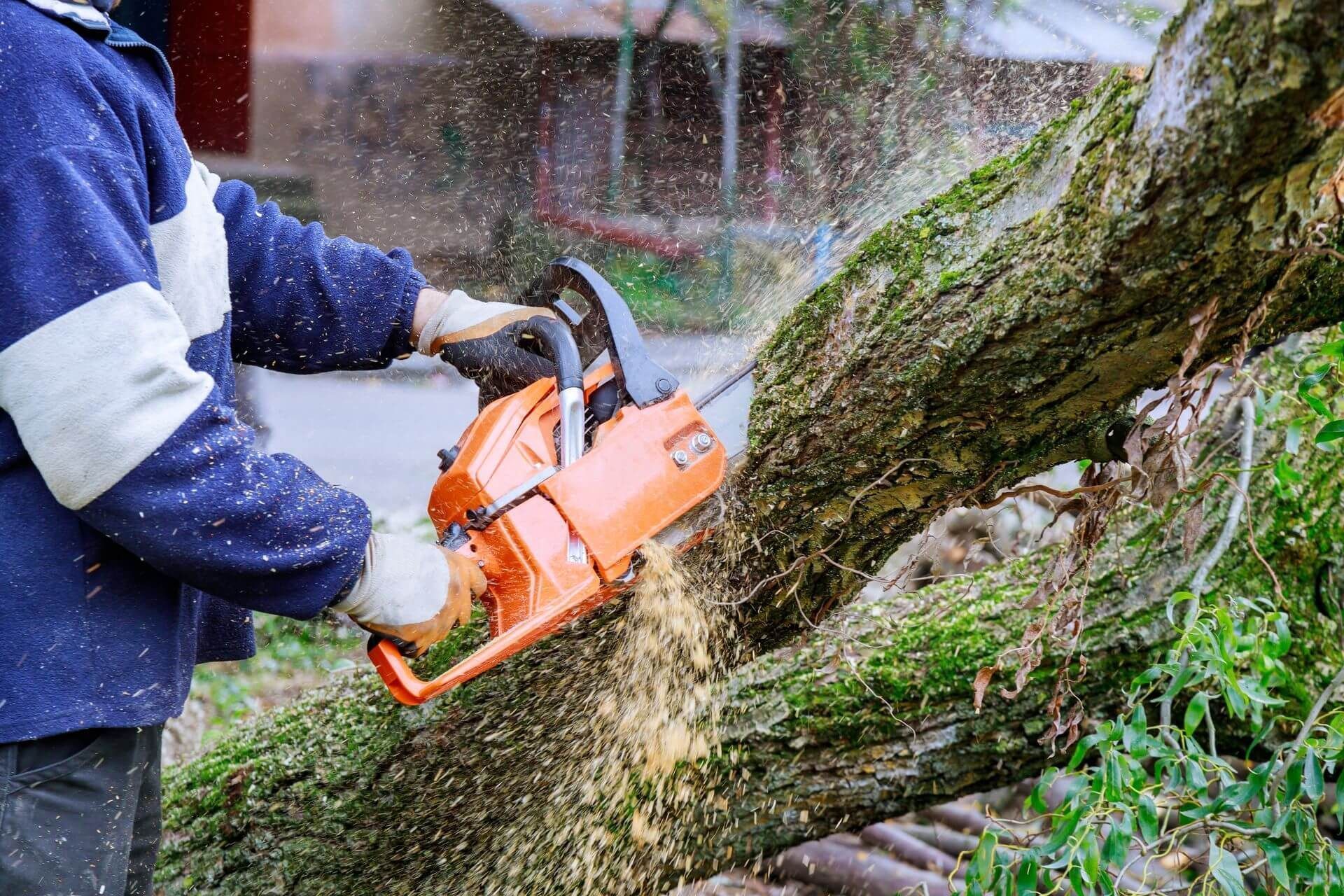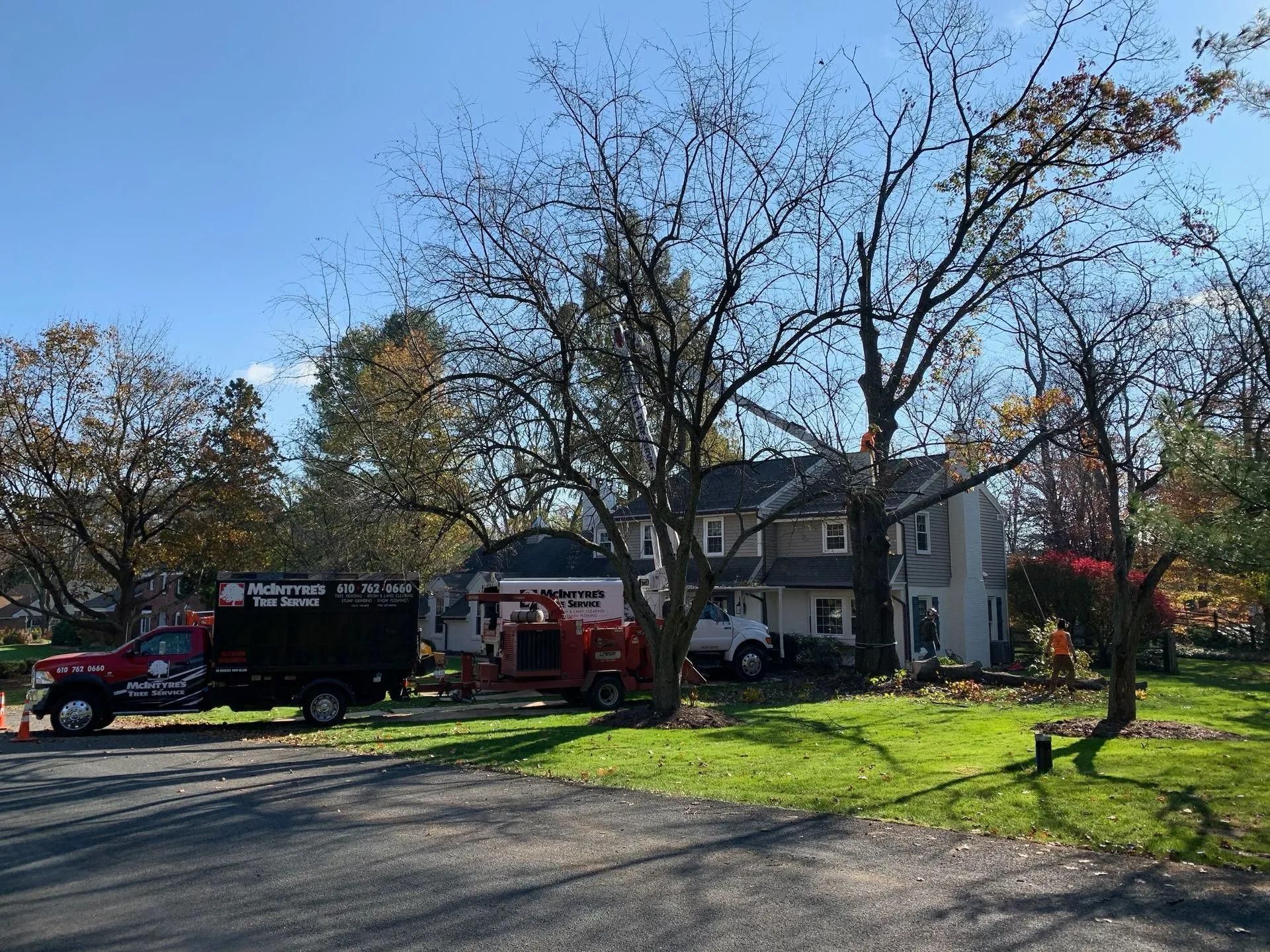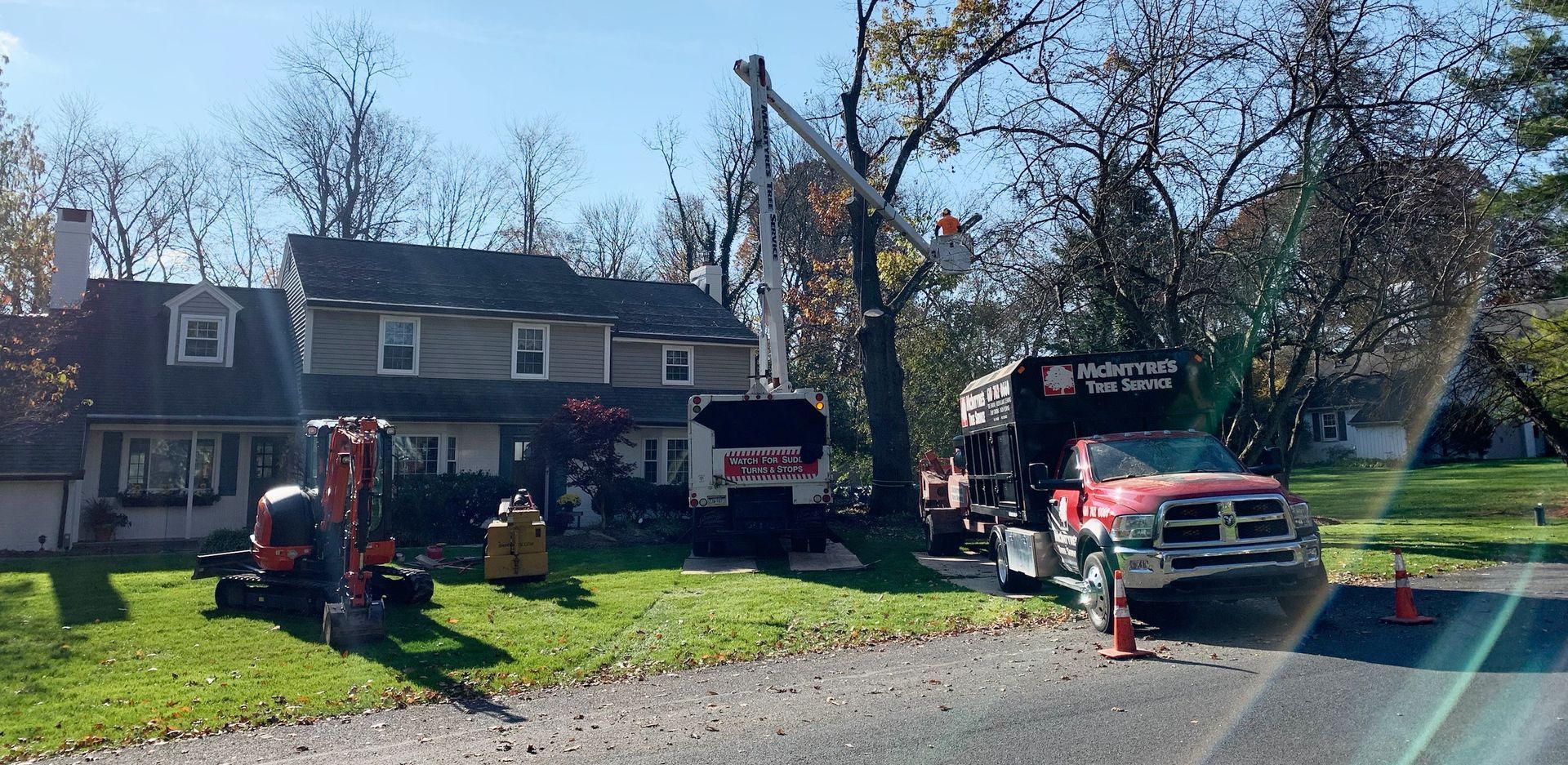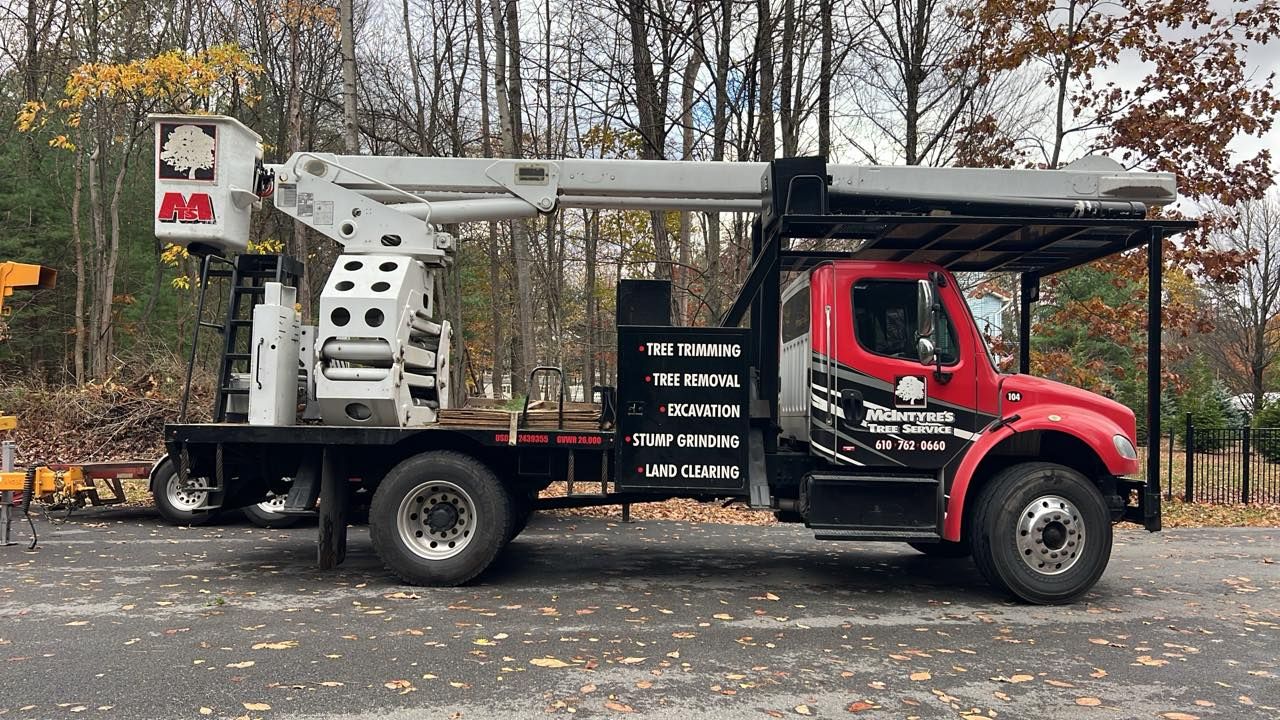Why Tree Removal Can Be the Hardest—and Healthiest—Decision for Your Yard

Table of Contents
- The Emotional Weight Behind Tree Removal
- When Beauty Turns to Danger: Spotting Tree Risks
- Disease and Decay: Silent Threats to Yard Health
- Why Safe Tree Removal Protects More Than Just Property
- The Ripple Effect on Surrounding Plants and Landscape
- Balancing Sentiment with Safety in Your Yard
- Choosing the Right Experts for Safe Tree Removal
- Life After Tree Removal: Yard Recovery and Growth
- Avoiding Future Tree Hazards
- Closing Thoughts
Key Takeaways
- Tree removal isn’t just about cutting down a plant — it’s a decision that affects safety, aesthetics, and long-term yard health.
- Diseased, damaged, or unstable trees can pose serious risks to your home and loved ones.
- Safe tree removal by professionals minimizes hazards and preserves the rest of your yard’s beauty.
- Removing one tree can often lead to stronger growth for surrounding plants and better overall yard health.
The Heart and the Yard: Why Letting Go is So Hard
When you’ve lived with a tree for years — maybe decades — it becomes more than just part of your landscape. It becomes part of your story. You remember the summers when its shade kept your patio cool. You think of the tire swing you hung for the kids. You can still picture last fall’s golden leaves glowing in the evening light.
That’s why tree removal is such a heavy decision. It’s not just about clearing space. It’s about saying goodbye to a living thing that has been intertwined with your memories.
But here’s the truth that many homeowners wrestle with: a tree can be beautiful and still be dangerous. And in some cases, holding on to it does more harm than good — to your yard, to your home, and even to your family’s safety.
When you start seeing cracks in the trunk, dead branches dangling like loose wires, or mushrooms growing at the base, these aren’t just cosmetic flaws. They’re warning signs. And the longer you wait, the more you risk.
1. The Emotional Weight Behind Tree Removal
It’s normal to feel resistance when you first consider tree removal. We grow attached. But just like removing a decaying part of a garden plant to let the rest thrive, removing a tree can be an act of protection.
Think of it like this — if a tree is diseased or dying, it’s not just at risk of falling. It’s also a breeding ground for pests and fungi that can spread to the rest of your yard. By letting it go, you’re making space for healthier growth and reducing the risk of costly damage later.
For more insight into how timing plays a role, see our guide on the best time for tree removal.
2. When Beauty Turns to Danger: Spotting Tree Risks
Some trees look healthy from a distance but are hiding major problems inside. A few yard health tips to help you spot trouble early:
- Leaning trunks — A sudden lean or increased tilt can indicate root damage.
- Hollow spots — Large cavities in the trunk reduce stability.
- Cracked or split bark — May signal structural weakness.
- Dead or hanging branches — These can break and fall unexpectedly.
- Fungal growth at the base — A sign of root rot.
Ignoring these signs can lead to a much bigger problem — a tree falling on your home, car, or even a person.
3. Disease and Decay: Silent Threats to Yard Health
A single diseased tree can compromise your entire yard. Fungal infections like oak wilt or root rot spread quickly underground. Pests such as emerald ash borers or bark beetles can move from one tree to another without you noticing until it’s too late.
One of the best yard health tips is to inspect trees regularly and act quickly if you see signs of disease. Removing an infected tree can often save the rest of your landscaping. Learn more about HOA approval for tree removal if you live in a community with such requirements.
4. Why Safe Tree Removal Protects More Than Just Property
Safe tree removal isn’t just about preventing a falling trunk from damaging your roof. It’s about preventing injuries, avoiding costly emergency calls, and protecting the plants, lawn, and soil around the removal site.
Professional crews use specialized equipment, from cranes to harness systems, to ensure branches are lowered safely instead of just crashing to the ground. They know how to work around tight spaces, power lines, and delicate landscaping without causing extra damage.
You can see how this is done in our detailed service overview: tree take down and removal process.
5. The Ripple Effect on Surrounding Plants and Landscape
Removing a tree can actually breathe new life into your yard. Here’s why:
- More sunlight — Shaded areas can finally grow grass or flowers.
- Better air circulation — Reduces the spread of mold and mildew on plants.
- Less competition — Nearby plants and trees can access more nutrients and water.
In many cases, after safe tree removal, homeowners notice a burst of growth in surrounding vegetation within the first season.
6. Balancing Sentiment with Safety in Your Yard
It’s possible to honor the memory of a tree without keeping it in place. Some homeowners repurpose sections of the wood into benches, tables, or garden art. Others replant a new tree in a safer location, creating a continuation of the story without the risks.
7. Choosing the Right Experts for Safe Tree Removal
Not all tree services are equal. For a truly safe tree removal, you need a company with:
- Proper licensing and insurance
- Experienced climbers and ground crews
- The right equipment for the job
- A clear removal plan that protects your property
At the very least, avoid anyone who suggests “just dropping it” without careful branch-by-branch removal. That’s a shortcut that can cause major damage.
8. Life After Tree Removal: Yard Recovery and Growth
After a large tree is removed, the yard may look bare at first. But this is also an opportunity for transformation. With more light and space, you can:
- Plant a diverse mix of shrubs and flowers
- Create a vegetable or herb garden
- Add a patio or seating area
- Replant a new tree with better placement and species choice
Following basic yard health tips — proper watering, mulching, and seasonal pruning — ensures the area recovers quickly.
9. Avoiding Future Tree Hazards
Prevention is key. Once you’ve been through a removal, you’ll want to protect the rest of your trees from the same fate. Regular inspections, pruning, and pest management can keep your yard healthy for years.
10. Closing Thoughts
Choosing tree removal is never easy, but it can be the most loving decision you make for your property. It’s about looking ahead — preventing danger, improving yard health, and creating a space that’s both safe and beautiful.
If you’re facing this decision, don’t wait until a storm makes it for you. The sooner you act, the more control you have over the outcome.
Contact McIntyre’s Tree Service today by phone at
610-762-0660 or email at
mcintyrestreeservice@gmail.com for personalized guidance, inspections, and services tailored to your property.
Frequently Asked Questions
1. Why is tree removal sometimes necessary for my yard?
We recommend tree removal when a tree becomes diseased, damaged, or poses a safety hazard. Removing it can protect your home, prevent injuries, and improve overall yard health.
2. How do we know if a tree is affecting yard health?
We look for signs like dead branches, fungal growth, or leaning trunks. Addressing these issues early helps protect other plants and maintain strong yard health.
3. Can tree trimming really help with landscape improvement?
Yes, safe tree removal uses proper equipment and trained professionals to prevent damage to your property and surrounding plants while ensuring the tree is removed efficiently.
4. Is it better to hire a professional trimming service instead of doing it myself?
Absolutely. Removing a tree can increase sunlight, improve airflow, and reduce competition for nutrients — all essential yard health tips for thriving plants.
5. Why hire professionals instead of doing it ourselves?
We have the expertise, tools, and safety protocols for safe tree removal. This ensures your property stays protected while the job gets done right the first time.



